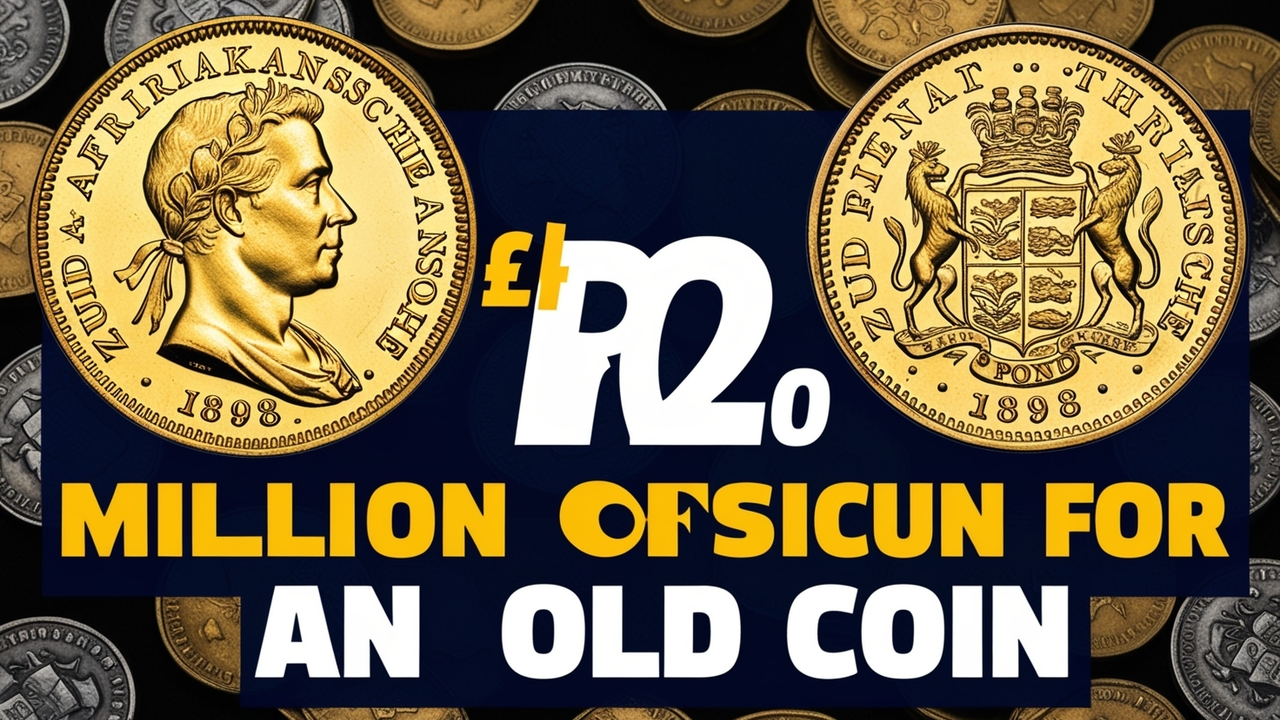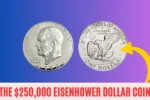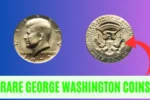Old coins and banknotes often hold more than just sentimental value. Some rare pieces can be worth a small fortune. In recent years, the numismatic world has witnessed remarkable sales, including a rare South African coin that sold for an astonishing R20 million. This has sparked increased interest among collectors and enthusiasts eager to determine if their old currency could be valuable.
Understanding the factors that make a coin or note valuable requires more than just a glance. Key factors such as condition, rarity, and metal content all play an important role in determining an item’s worth. Furthermore, numismatics—the study and collection of currency—is essential to evaluating the historical and monetary significance of old coins and banknotes.
Table of Contents
- R20 Million for an Old Coin
- Factors That Make a Coin Valuable
- Condition
- Metal Content
- Rarity
- How to Check if Your Coins or Notes Are Valuable
- Evaluate the Condition
- Determine the Metal Content
- Check for Rarity
- Consult a Numismatic Expert
- Notable Examples of Valuable South African Coins
R20 Million for an Old Coin
Imagine finding an old coin in your drawer only to discover it’s worth millions. That was the reality when a rare 1898 Single 9 Pond, one of South Africa’s most coveted coins, sold for a remarkable R20 million. This exceptional sale has grabbed the attention of collectors, shedding light on the immense value that certain rare coins can hold.
The rarity and historical significance of the Single 9 Pond set it apart. Minted during the Anglo-Boer War, this coin represents a unique period in South Africa’s history, making it especially sought after by collectors. However, the Single 9 Pond isn’t the only coin to have fetched an extraordinary price. Several other rare coins have sold for millions, emphasizing the potential value hidden in old currency.
But what makes a coin so valuable? Understanding the key factors—rarity, condition, and unique features—can help you identify potential treasures in your collection.
Factors That Make a Coin Valuable
When assessing the value of old coins or banknotes, there are a few critical factors to consider:
Condition
The physical condition of a coin or note is often one of the first things collectors evaluate. Well-preserved items typically command higher prices, especially for coins made of non-precious metals.
- Uncirculated Notes: Pristine condition banknotes that have never been circulated are especially valuable. Notes without folds, tears, or marks are ideal for collectors.
- Coins in Good Condition: Coins with minimal wear or damage are generally more valuable. The less worn the details, the higher the potential price.
Metal Content
Coins made from precious metals like gold or silver are in high demand. The value of these coins often correlates with the current market price of the metal, making them a stable investment.
| Coin Type | Metal Content | Approximate Value (based on current metal prices) |
|---|---|---|
| ZAR Pond | Gold | Tied to gold prices, which are currently at a high |
| Half Pond | Gold | Appreciates with the gold market trends |
| Krugerrand | Gold | One of the most stable and valuable coins |
| Silver ZAR Coins | Silver | Valued based on current silver rates |
Rarity
Rarity is another key element in determining a coin’s value. The rarer the coin or note, the more collectors are willing to pay for it. Here are a few examples of rare coins:
- 1898 Single 9 Pond: A one-of-a-kind coin that sold for R20 million.
- 1965 Afrikaans R1 Coin: A rare coin that holds great historical significance.
- 1926 Quarter Penny: Coins minted between 1932 and 1936 are especially scarce, increasing their value.
- Limited edition or early series banknotes are also highly prized. For example, South African Republic banknotes from 1961 in uncirculated condition are incredibly valuable.
How to Check if Your Coins or Notes Are Valuable
If you suspect that you may own valuable currency, here are some steps to help you assess its worth:
Evaluate the Condition
Start by inspecting the physical condition of your coins or banknotes. Uncirculated or minimally worn items have a higher chance of being valuable. On the other hand, coins that are damaged, corroded, or heavily worn will likely be worth less.
Determine the Metal Content
If your coins are made from precious metals like gold or silver, they will have an intrinsic value based on the current market prices of these metals. You can easily check current gold or silver prices to get a rough estimate of their worth.
Check for Rarity
Research the rarity of your coin or banknote. Resources such as numismatic guides, online auction records, and specialized coin dealers can help you determine whether your item is rare. Focus on the following aspects:
- Year of minting
- Minting errors or unique features
- Limited production runs
Consult a Numismatic Expert
For a more accurate valuation, it’s always a good idea to consult a numismatic expert or auction house. These professionals can provide in-depth insight into the historical and monetary value of your item.
Notable Examples of Valuable South African Coins
The South African numismatic market is home to several high-value coins. Here are a few noteworthy examples:
| Coin Name | Year | Approximate Value (today’s terms) |
|---|---|---|
| Single 9 Pond | 1898 | R20 million |
| 6 Pence | 1928 | Over R3 million |
| Full Brockage Pond | 1898 | Error coin, highly valuable |
| Afrikaans R1 Coin | 1965 | Highly collectible |
| 50 Cent (English) | 1965 | Rare and sought-after |
Conclusion
The world of old coins and banknotes presents a fascinating intersection of history, art, and investment potential. If you own old South African currency, it may be worth exploring whether your items hold significant value. Factors such as condition, rarity, and metal content are key in determining worth. Whether it’s a rare coin or a limited-issue banknote, your old money could be far more valuable than you think.
Numismatic enthusiasts and collectors take great joy in discovering and preserving valuable pieces of history. By following the steps outlined here, you can begin to uncover the potential value hidden in your coin or banknote collection.



